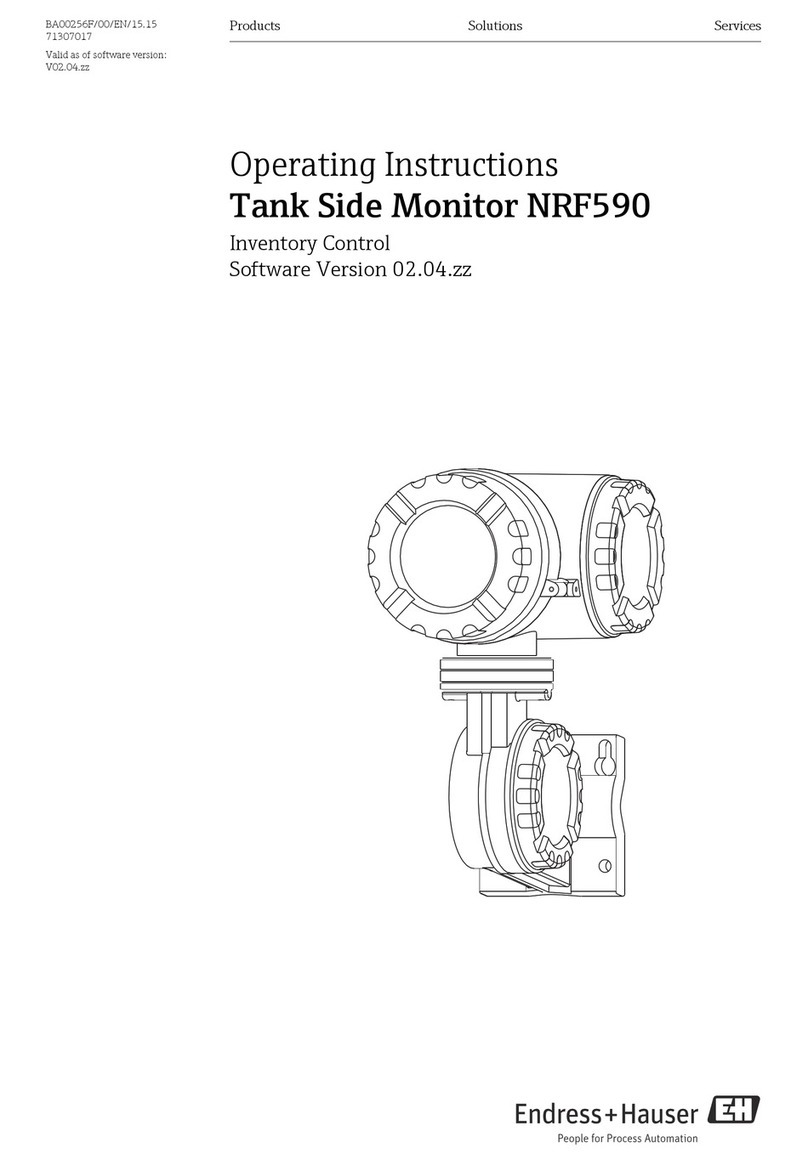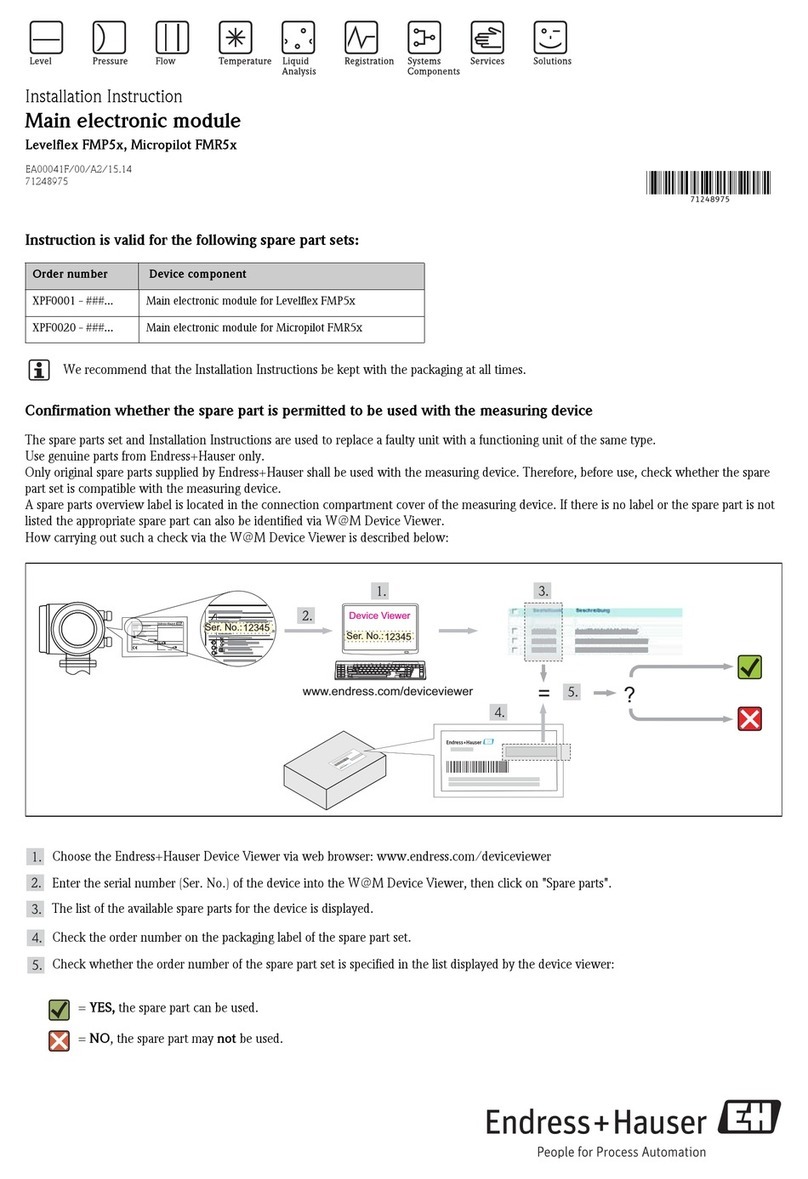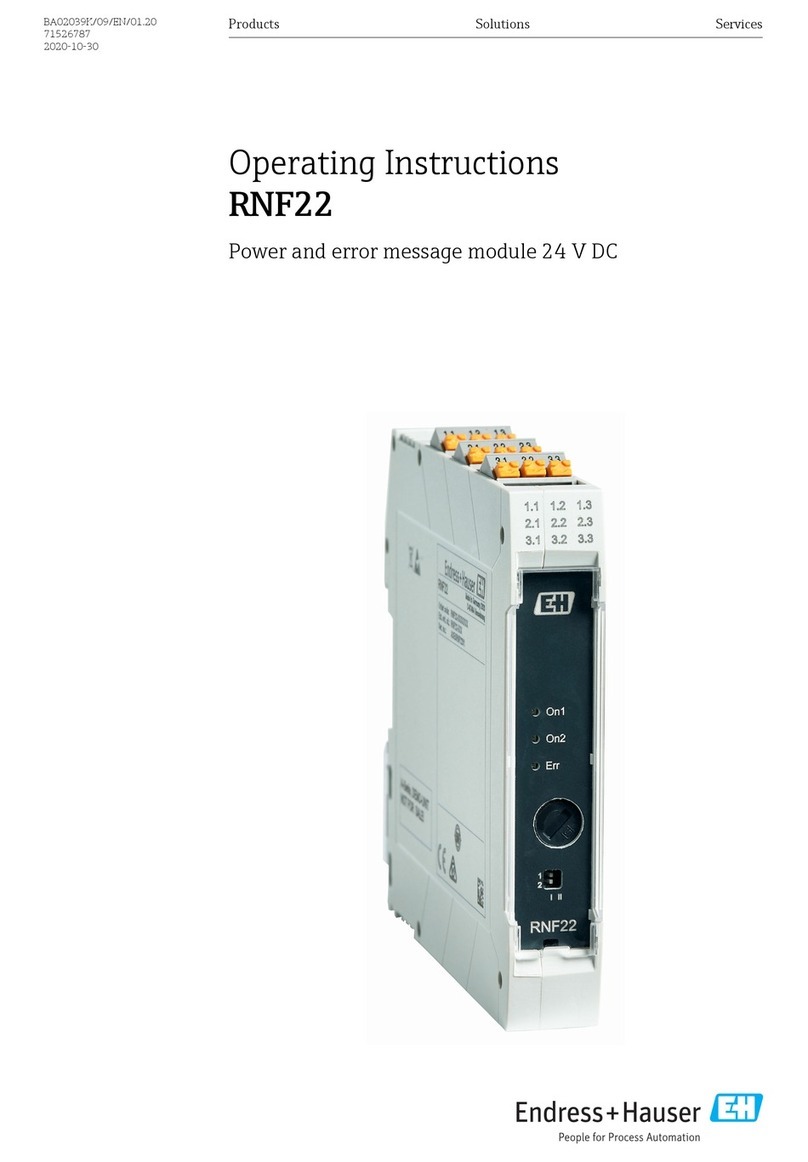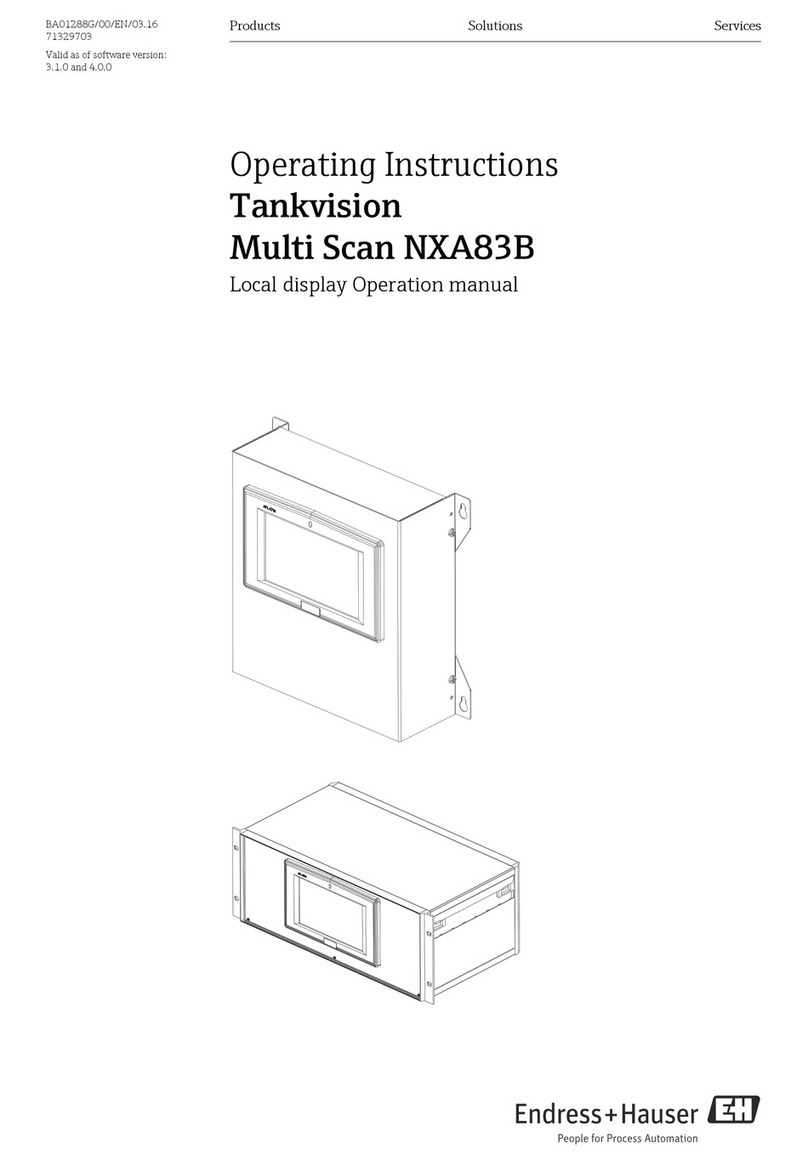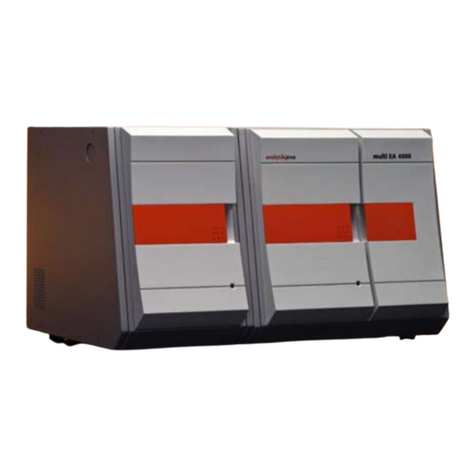
Basic safety instructions TMD1000 TMD1
8 Endress+Hauser
2 Basic safety instructions
2.1 Requirements for personnel
The personnel for installation, commissioning, diagnostics and maintenance must fulfill
the following requirements:
‣Be specialists who are trained and have a relevant qualification for this specific
function and task.
‣Be authorized by the plant owner-operator.
‣Be familiar with local/national regulations.
‣Before starting work, read and understand the instructions in the Operating
Instructions and supplementary documentation as well as the certificates (depending
on the application).
‣Follow instructions and comply with basic conditions.
The operating personnel must fulfill the following requirements:
‣Be instructed and authorized according to the requirements of the task by the facility's
owner-operator.
‣Follow the instructions in this manual.
2.2 Designated use
Application and measured materials
Depending on the version ordered, the device can also be used with potentially explosive,
flammable, poisonous or oxidizing materials.
Devices that are used in hazardous areas have corresponding labels on their nameplates.
To ensure that the device remains in proper condition for the operation time:
‣Only use the device in full compliance with the data on the nameplate and the general
conditions listed in the Operating Instructions and supplementary documentation.
‣Check the nameplate to verify if the device can be put to its intended use in hazardous
areas.
‣If the device is not operated at an atmospheric temperature, compliance with the
relevant basic conditions specified in the relevant device documentation is absolutely
essential.
‣Protect the device permanently against corrosion from environmental influences.
‣Observe the limit values in the "Technical Information".
The manufacturer is not liable for damage caused by improper or non-designated use.
2.3 Workplace safety
For work on and with the device:
‣Wear the required personal protective equipment according to local/national
regulations.


